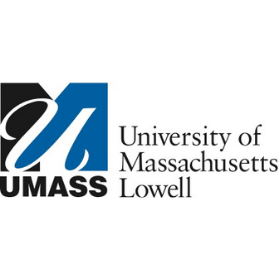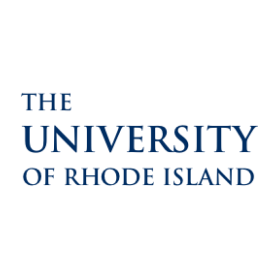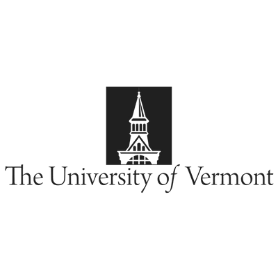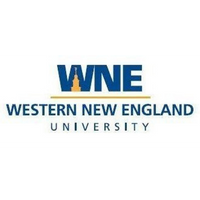About Us
Desktop Only
The Transportation Infrastructure Durability Center (TIDC) is the 2018 US DOT Region 1 (New England) University Transportation Center (UTC) located at the University of Maine Advanced Structures and Composites Center. TIDC’s focus is on extending the life and improving the durability of transportation assets. TIDC has six Member Universities within the New England Region.
Mission Statement
The mission of the Transportation Infrastructure Durability Center (TIDC) is to develop innovative, sustainable, next-generation solutions to improve the durability and extend the lifespan of existing and new transportation assets in New England and beyond. We are committed to making dramatic impacts in the cost-effectiveness of transportation infrastructure through transformative research, education, outreach, workforce development, and technology transfer through four research thrust areas; 1) monitoring and assessment, 2) new materials for longevity and constructability, 3) new systems for longevity and constructability, and 4) connectivity for enhanced asset and performance management.
TIDC Research Motive
Our research motive is to help DOTs extend the life of existing infrastructure as well as construct new, longer-lasting assets. Member universities have an extensive record of accomplishments within the realm of research, education, and technology transfer as it relates to transportation infrastructure. TIDC aims to build upon these successes and continue to support current Region 1 state DOT initiatives while introducing new cutting-edge technology and information that will reduce cost and improve overall health of Region 1 transportation infrastructure with wide applicability throughout the U.S. TIDC is committed to gender and ethnic minority diversity in the composition of students and researchers engaged with this project. Our exclusive focus will make dramatic impacts in the cost-effectiveness of transportation infrastructure through monitoring and assessment, new materials and systems for longevity and constructability, and connectivity for enhanced asset and performance management while promoting workforce development in transportation.
TIDC Research Capabilities
– Improving Transportation Infrastructure – Road, Bridge, Rail, Ports
– Advanced Monitoring and Assessment of Transportation Assets
– Composite Materials – Fiber Reinforced Polymer (FRP) and Thermoplastics
– Structure Analysis and Development of Novel Applications for FRP Composites, Concrete, Soils and Asphalt
– Additive Manufacturing – Novel Materials (carbon and bio-based), Structures, Tooling and Recycling
– Low Carbon Emission Concrete
– Life Cycle Cost Analysis, include Social Benefit
– Traffic-Connectivity, Safety Data, Roadway Maintenance
– Resiliency – Coastal, Climate, Infrastructure Inspection Techniques
– UAV inspection and imaging – Visual, Infrared, LiDAR, Acoustic – AI Image Processing & Analysis
– Roadway Culvert Rehabilitation – Extending the Lifespan and Durability of Existing Culvert Structures Utylizing 3D Printing Techniques
– Electric Vehicle Infrastructure – Electrification, Autonomous, Cyber Security, Demographic analysis and Accessibility with Physically Challenged Population Groups.
– Multisensory Virtual/Augmented Reality (VR/AR) and Human Perception, Usability and Accessibility Analysis
TIDC Research Thrusts
TIDC Researchers

Habib
Dagher
TIDC Director

Bill
Davids
Thrust 1 Lead

Roberto
Lopez-Anido
Thrust 2 Lead

Aaron
Gallant
Thrust 3 Lead
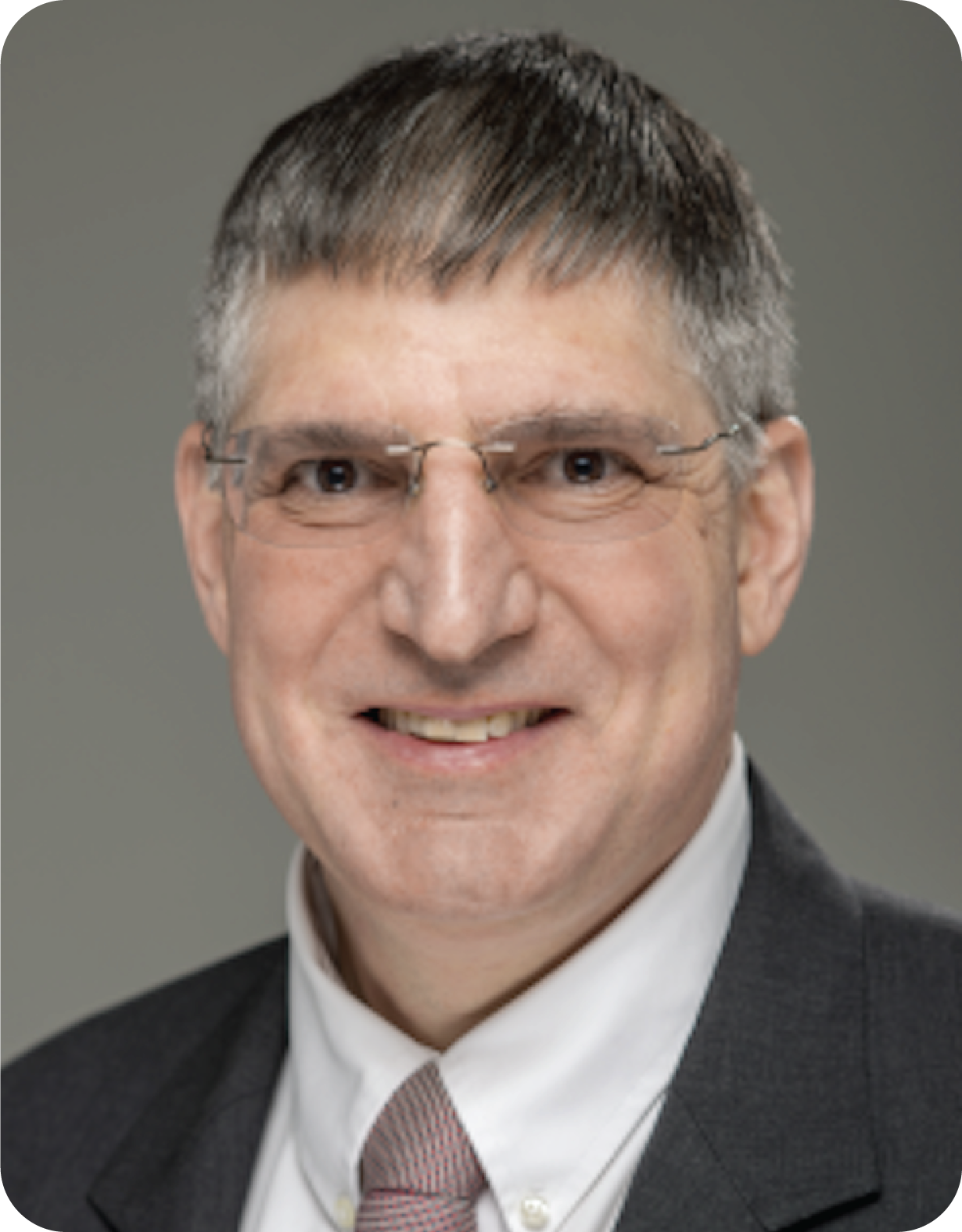
Jonathan
Rubin
Thrust 4 Lead

Eric
Landis
Thrust Lead

Kathryn
Ballingall
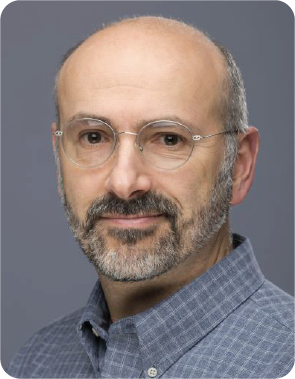
Keith
Berube
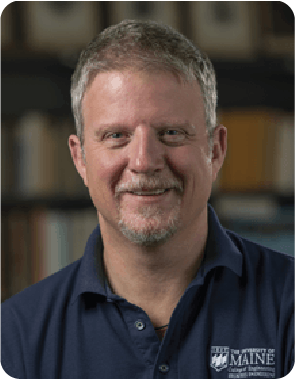
Wilhelm
Friess
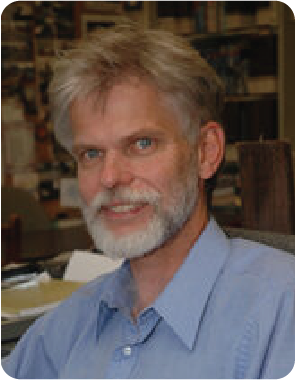
Per
Gardner
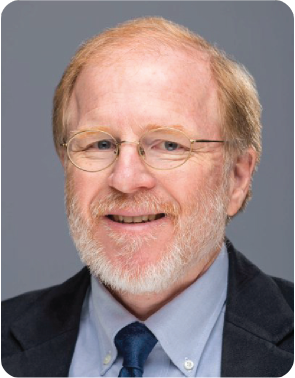
Douglas
Gardner
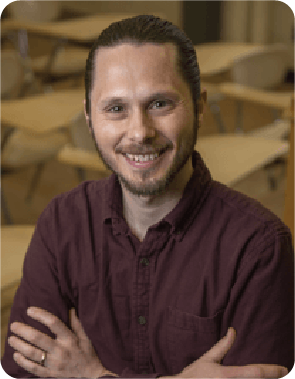
Andrew
Goupee
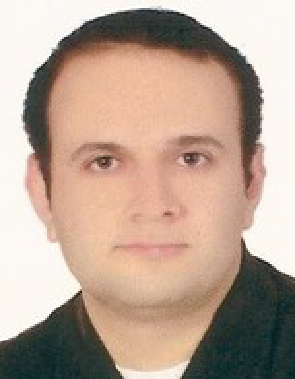
Hosain
Haddad
Kolour
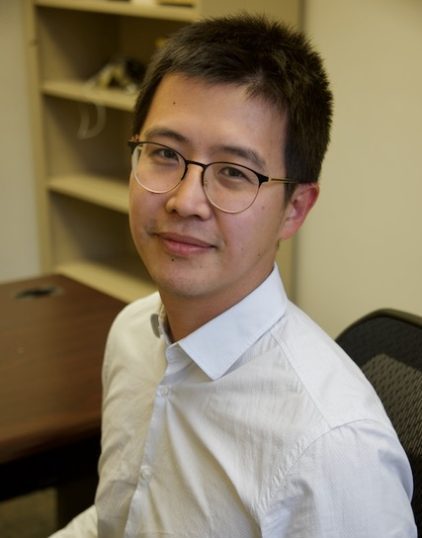
Linfei
Li
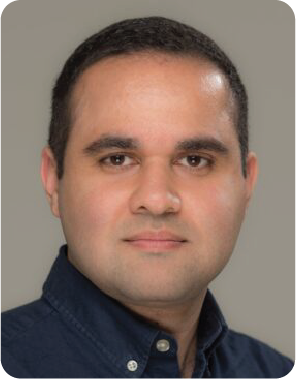
Ali
Shirazi

Ramesh Malla
Institutional Lead
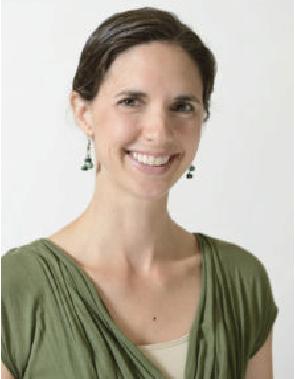
Lesley
Frame
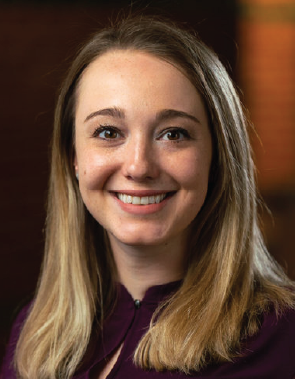
Alexandra
Hain

Song
Han

Shinae
Jang

Malini
Ravishanker
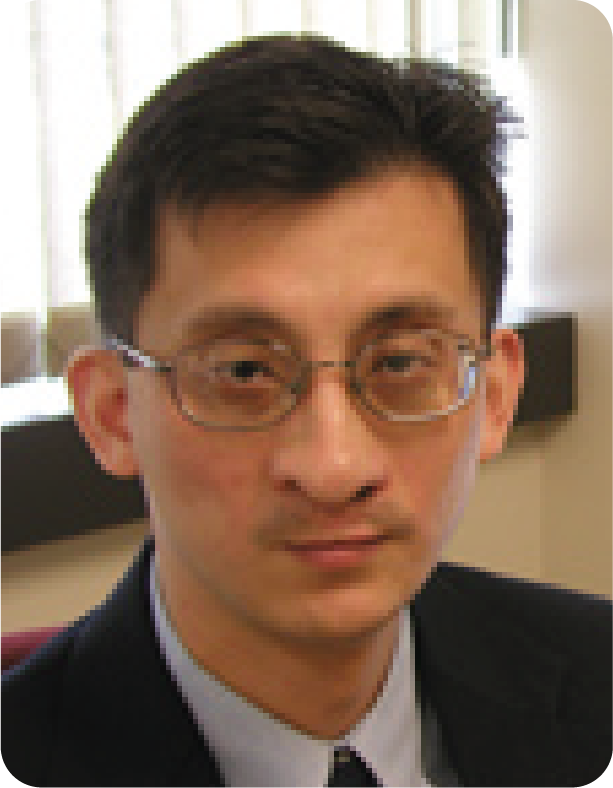
Jiong
Tang
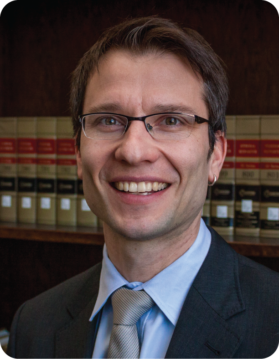
Kay
Wille

Jin
Zhu
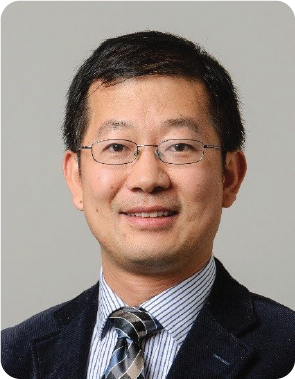
Wei
Zhang
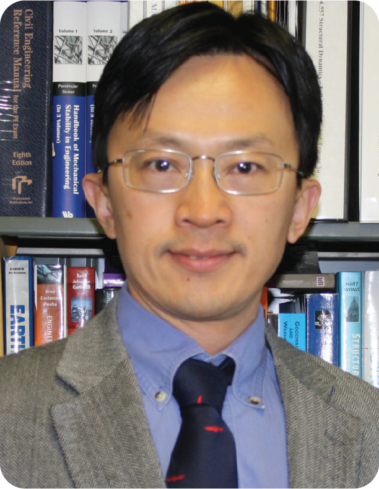
Tzu-Yang Yu
Institutional Lead
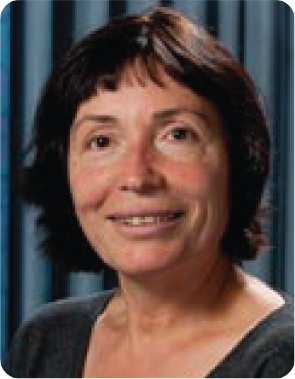
Susan
Faraji

Farhad Pourkamali Anaraki
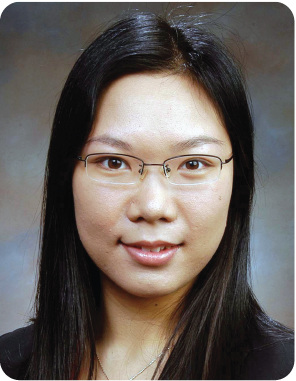
Xingwei
Wang

Jianqiang
Wei

Aaron Bradshaw Institutional Lead

Chris
Baxter
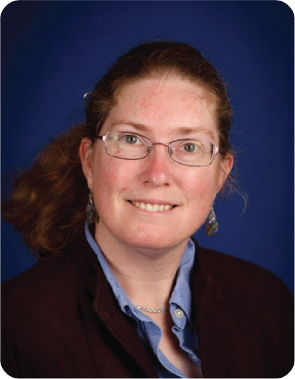
Rebecca
Brown

Sumanta
Das
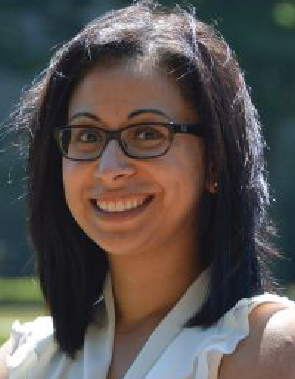
Mayrai
Gindy

Joseph
Goodwill

Michael
Greenfield
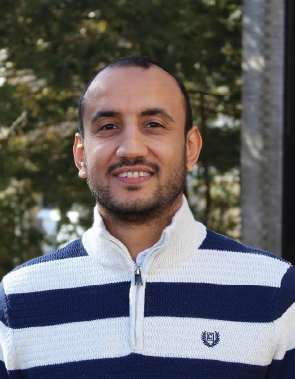
Abdeltawab
Hendawi
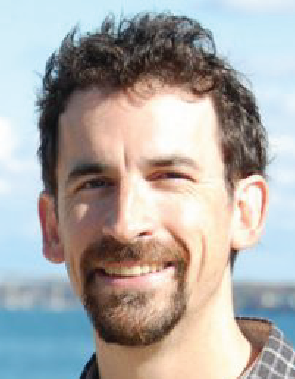
Stephen
Licht
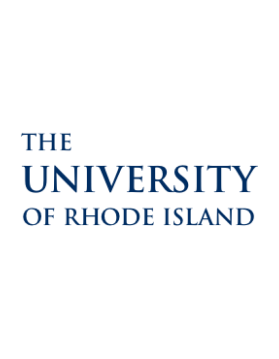
Nicole
Martino
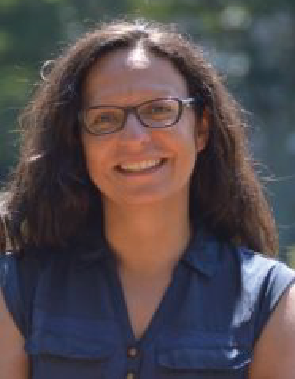
Vinka
Oyanedel-Craver

Paolo
Stegagno

Mendar Dewoolkar Institutional Lead
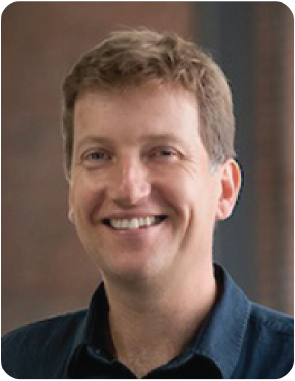
Arne
Bomblies
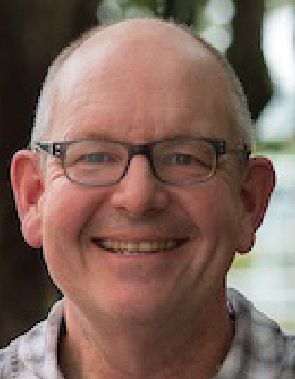
Jeff
Frolik
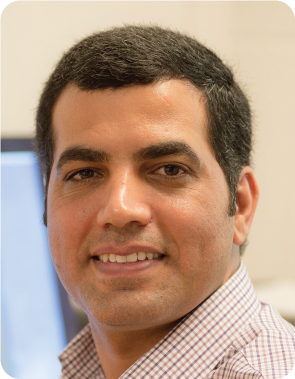
Ehsan
Ghazanfari
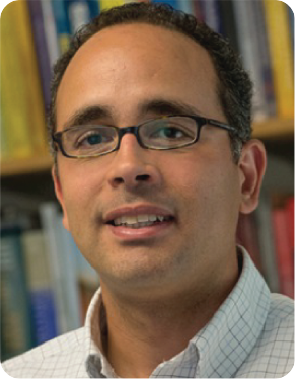
Eric
Hernandez
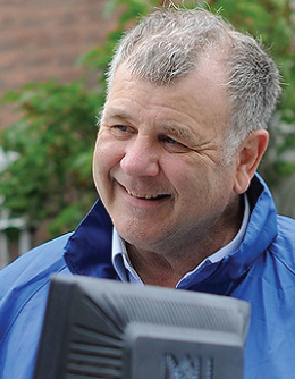
Dryver
Huston

John
Lens
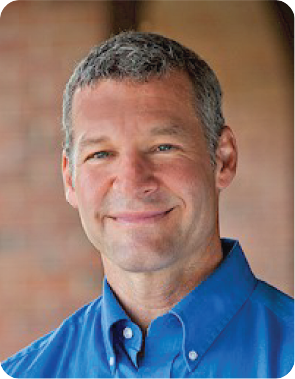
David
Novak

Hamid R.
Ossareh

Donna
Rizzo
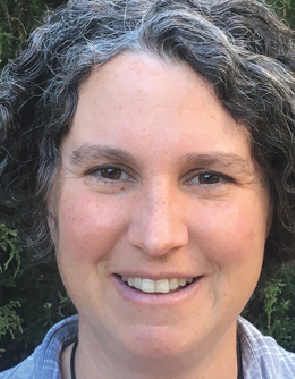
Dana
Rowangould
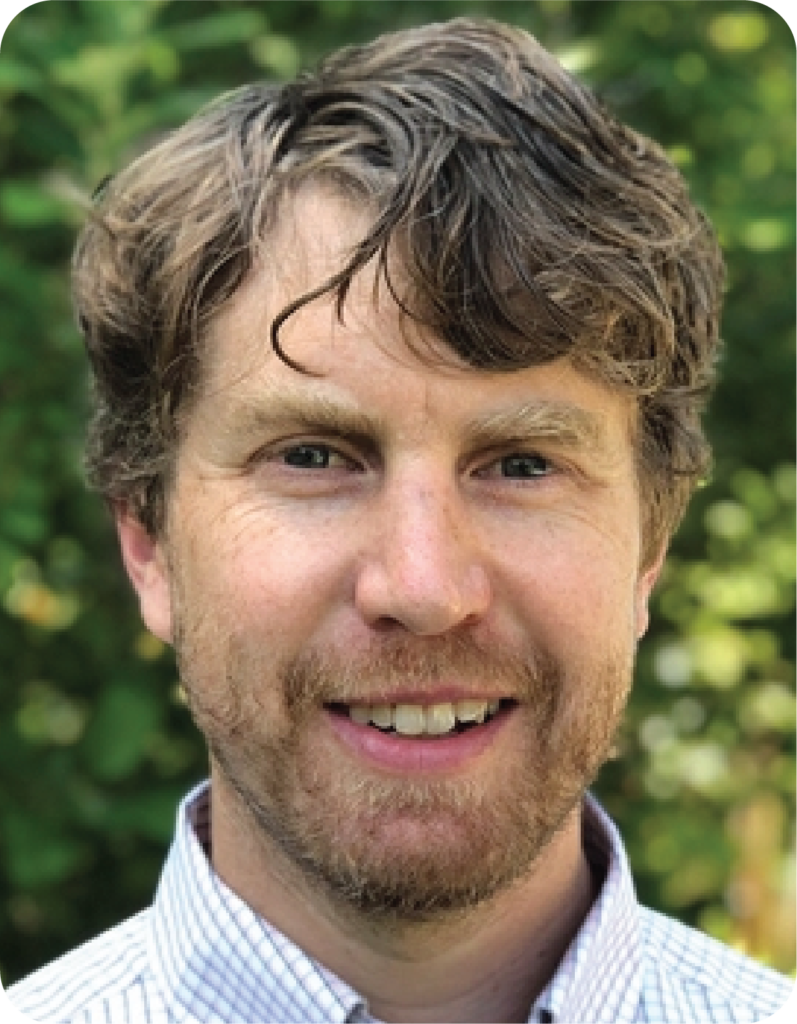
Gregory
Rowangould
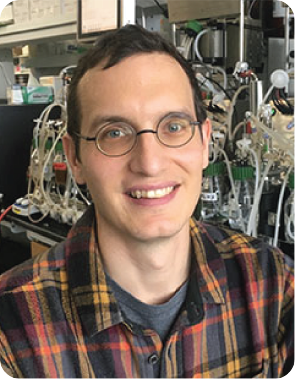
Matthew
Scarborough

James
Sullivan
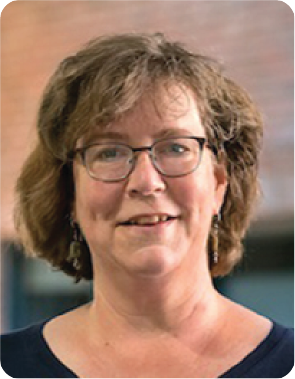
Kristen
Underwood
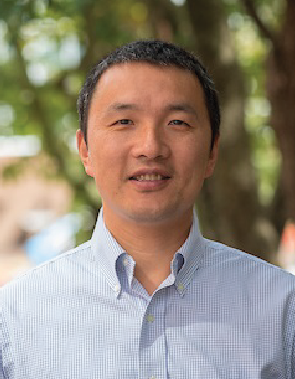
Tian
Xia

Moochul
Shin
Institutional
Lead

Changhoon
Lee
Member Universities
TIDC consists of 6 member universities in New England. This section includes an overview of the research capabilities of each member university and a link to their website.
UMaine is a Carnegie R1 Research Institution. The leadership of the TIDC resides within the University of Maine’s Advanced Structures and Composites Center(ASCC), a world-leading, interdisciplinary center for research, education, and economic development, encompassing material science, manufacturing, and engineering of composites and structures. The UMaine Composites Center is housed in a 100,000+ ft2ISO 17025-accredited testing laboratory with more than 260 full and part time personnel with expertise in the design and evaluation of multi-scale materials and structures, composite materials analysis and manufacturing, finite element analysis and multi-physics simulation techniques, and the repair and calibration of lab equipment and sensors. The lab includes a 235’ x 80’ reaction floor capable of large-scale bridge testing under static and fatigue loading and a three-story environmental test chamber for the durability evaluation of large structural components under both mechanical and environmental loading. The ASCChas successfully completed more than $240 Million in governmental, industrial and transportation research programs.
The University of Connecticut houses the Structural Engineering and Advanced Cementitious Materials and Composites Laboratories (CEE Department), Dynamics, Sensing, and Control Lab (ME Department), Cyber Physical System Lab (CSE Department), High Performance Computing facilities at Booth Engineering Center for Advanced Technology (BECAT); UTC Institute of Advanced System Engineering (IASE), facilities at UConn Pratt & Whitney Additive Manufacturing Innovation Center (AMIC), Connecticut Advanced Computing Center (CACC), UConn Storrs HPC clusters, and various lab facilities in the Institute of Materials Science (IMS) and in the Connecticut Institute of Transportation (CTI).
The facilities and resources to perform research within the University of Massachusetts Lowell are the Department of Civil and Environmental Engineering’s Electromagnetic Remote Sensing Lab (ERSL) and Non-Destructive Testing / Structural Health Monitoring Lab (NDT/SHML), and Department of Electrical and Computer Engineering’s Laboratory of Optics (LOO). The ERSL is equipped with an electromagnetic anechoic chamber, 100-lb capacity biaxial positioner, portable biaxial and uniaxial positioners, and vector network analyzers. The NDT/SHML includes ground penetrating radars, ultrasonic system, impact echo system, half-cell potential sensor, rebound hammer, and thermal infrared camera. The LOO has a Super 35 camera system, Brillouin optical time-domain reflectometer (BOTDR), fusion splicer, tunable laser, optical sensing analyzer, nanosecond Laser, distributed temperature sensing, optical frequency domain reflectometry (OFDR), tensile machine, temperature chamber, 90s+ splicer, and data acquisition system available for use by the UML research team.
The University of Rhode Island has a variety of laboratory, field, and computational facilities. The laboratory facilities include test equipment that can be used to characterize the physical and mechanical properties of civil engineering materials including concrete, asphalt, and soil. Field equipment includes a trailer mounted Cone Penetration Test (CPT) used for subsurface investigations. Dedicated computers and specialized software are available for numerical modeling and simulation. There are several URI labs including the Dependable Cyber-Physical Systems Lab, Rhode Island Transportation Research Center, the Water for the World Environmental Engineering Lab, Robotics Lab, and Marine Geomechanics lab.
The University of Vermont has a variety of laboratory, field, and computational facilities. The laboratory facilities include test equipment that can be used to characterize the physical and mechanical properties of soils, concrete, and recycled materials. Specialty laboratory equipment include fully automated direct and reversal shear, permeability, consolidation and triaxial devices; cyclic triaxial, torsional ring shear, high-pressure-high temperature triaxial devices; fully automated and field hand-held surface permeameters; acoustic sensing devices and accessories; hole erosion and jet erosion devices; miniature piezocone and calibration chambers; X-ray micro-CT; 250 kip reaction frame with two actuators; 150 kip axial testing; concrete compression testing; monotonic and cyclic tension-compression 100 kip Instron; a uniaxial shake table; 6 m long recirculating flume; groundwater flow modeling tank. The fabrication facilities include an extensive machine shop and electronics shops are available to the UVM researchers. Additionally, FabLab for rapid prototyping of designs using 3D printing, laser cutting, and laser engraving is available.
The College of Engineering at Western New England University has several laboratory spaces including the Concrete lab, Soil lab, Environmental Engineering lab, Biomedical Engineering lab, and Mechanical Engineering lab. The laboratory facilities include various equipment such as a backscattered scanning electron microscope, atomic force microscope, multiple universal testing machines to characterize mechanical properties of various materials, an accelerated corrosion chamber, different types of 3D scanners (structured light scanning and laser) and 3D printers (selective laser sintering, resin, and PLA). In addition, a portable LabSphere Lidar-based reflectometer is available for investigating the surface defects and roughness of transportation structures in the field.
Mobile Only
The Transportation Infrastructure Durability Center (TIDC) is the 2018 US DOT Region 1 (New England) University Transportation Center (UTC) located at the University of Maine Advanced Structures and Composites Center. TIDC’s focus is on extending the life and improving the durability of transportation assets. TIDC has six Member Universities within the New England Region.
TIDC Research Thrusts
TIDC Researchers

Habib
Dagher
TIDC Director

Bill
Davids
Thrust 1 Lead

Roberto
Lopez-Anido
Thrust 2 Lead

Aaron
Gallant
Thrust 3 Lead

Jonathan
Rubin
Thrust 4 Lead

Eric
Landis
Thrust Lead

Kathryn
Ballingall

Keith
Berube

Wilhelm
Friess

Per
Gardner

Douglas
Gardner

Andrew
Goupee

Hosain
Haddad
Kolour

Linfei
Li

Ali
Shirazi

Ramesh Malla
Institutional Lead

Lesley
Frame

Alexandra
Hain

Song
Han

Shinae
Jang

Malini
Ravishanker

Jiong
Tang

Kay
Wille

Jin
Zhu

Wei
Zhang

Tzu-Yang Yu
Institutional Lead

Susan
Faraji

Farhad Pourkamali Anaraki

Xingwei
Wang

Jianqiang
Wei

Aaron Bradshaw Institutional Lead

Chris
Baxter

Rebecca
Brown

Sumanta
Das

Mayrai
Gindy

Joseph
Goodwill

Michael
Greenfield

Abdeltawab
Hendawi

Stephen
Licht

Nicole
Martino

Vinka
Oyanedel-Craver

Paolo
Stegagno

Mendar Dewoolkar Institutional Lead

Arne
Bomblies

Jeff
Frolik

Ehsan
Ghazanfari

Eric
Hernandez

Dryver
Huston

John
Lens

David
Novak

Hamid R.
Ossareh

Donna
Rizzo

Dana
Rowangould

Gregory
Rowangould

Matthew
Scarborough

James
Sullivan

Kristen
Underwood

Tian
Xia

Moochul
Shin
Institutional
Lead

Changhoon
Lee
Member Universities
TIDC consists of 6 member universities in New England. This section includes an overview of the research capabilities of each member university and a link to their website.
UMaine is a Carnegie R1 Research Institution. The leadership of the TIDC resides within the University of Maine’s Advanced Structures and Composites Center(ASCC), a world-leading, interdisciplinary center for research, education, and economic development, encompassing material science, manufacturing, and engineering of composites and structures. The UMaine Composites Center is housed in a 100,000+ ft2ISO 17025-accredited testing laboratory with more than 260 full and part time personnel with expertise in the design and evaluation of multi-scale materials and structures, composite materials analysis and manufacturing, finite element analysis and multi-physics simulation techniques, and the repair and calibration of lab equipment and sensors. The lab includes a 235’ x 80’ reaction floor capable of large-scale bridge testing under static and fatigue loading and a three-story environmental test chamber for the durability evaluation of large structural components under both mechanical and environmental loading. The ASCChas successfully completed more than $240 Million in governmental, industrial and transportation research programs.
The University of Connecticut houses the Structural Engineering and Advanced Cementitious Materials and Composites Laboratories (CEE Department), Dynamics, Sensing, and Control Lab (ME Department), Cyber Physical System Lab (CSE Department), High Performance Computing facilities at Booth Engineering Center for Advanced Technology (BECAT); UTC Institute of Advanced System Engineering (IASE), facilities at UConn Pratt & Whitney Additive Manufacturing Innovation Center (AMIC), Connecticut Advanced Computing Center (CACC), UConn Storrs HPC clusters, and various lab facilities in the Institute of Materials Science (IMS) and in the Connecticut Institute of Transportation (CTI).
The facilities and resources to perform research within the University of Massachusetts Lowell are the Department of Civil and Environmental Engineering’s Electromagnetic Remote Sensing Lab (ERSL) and Non-Destructive Testing / Structural Health Monitoring Lab (NDT/SHML), and Department of Electrical and Computer Engineering’s Laboratory of Optics (LOO). The ERSL is equipped with an electromagnetic anechoic chamber, 100-lb capacity biaxial positioner, portable biaxial and uniaxial positioners, and vector network analyzers. The NDT/SHML includes ground penetrating radars, ultrasonic system, impact echo system, half-cell potential sensor, rebound hammer, and thermal infrared camera. The LOO has a Super 35 camera system, Brillouin optical time-domain reflectometer (BOTDR), fusion splicer, tunable laser, optical sensing analyzer, nanosecond Laser, distributed temperature sensing, optical frequency domain reflectometry (OFDR), tensile machine, temperature chamber, 90s+ splicer, and data acquisition system available for use by the UML research team.
The University of Rhode Island has a variety of laboratory, field, and computational facilities. The laboratory facilities include test equipment that can be used to characterize the physical and mechanical properties of civil engineering materials including concrete, asphalt, and soil. Field equipment includes a trailer mounted Cone Penetration Test (CPT) used for subsurface investigations. Dedicated computers and specialized software are available for numerical modeling and simulation. There are several URI labs including the Dependable Cyber-Physical Systems Lab, Rhode Island Transportation Research Center, the Water for the World Environmental Engineering Lab, Robotics Lab, and Marine Geomechanics lab.
The University of Vermont has a variety of laboratory, field, and computational facilities. The laboratory facilities include test equipment that can be used to characterize the physical and mechanical properties of soils, concrete, and recycled materials. Specialty laboratory equipment include fully automated direct and reversal shear, permeability, consolidation and triaxial devices; cyclic triaxial, torsional ring shear, high-pressure-high temperature triaxial devices; fully automated and field hand-held surface permeameters; acoustic sensing devices and accessories; hole erosion and jet erosion devices; miniature piezocone and calibration chambers; X-ray micro-CT; 250 kip reaction frame with two actuators; 150 kip axial testing; concrete compression testing; monotonic and cyclic tension-compression 100 kip Instron; a uniaxial shake table; 6 m long recirculating flume; groundwater flow modeling tank. The fabrication facilities include an extensive machine shop and electronics shops are available to the UVM researchers. Additionally, FabLab for rapid prototyping of designs using 3D printing, laser cutting, and laser engraving is available.
The College of Engineering at Western New England University has several laboratory spaces including the Concrete lab, Soil lab, Environmental Engineering lab, Biomedical Engineering lab, and Mechanical Engineering lab. The laboratory facilities include various equipment such as a backscattered scanning electron microscope, atomic force microscope, multiple universal testing machines to characterize mechanical properties of various materials, an accelerated corrosion chamber, different types of 3D scanners (structured light scanning and laser) and 3D printers (selective laser sintering, resin, and PLA). In addition, a portable LabSphere Lidar-based reflectometer is available for investigating the surface defects and roughness of transportation structures in the field.




